In this episode we’re going to learn how to harmonize the major scale to form diatonic chords. ‘Diatonic’ chords are chords which have been created using the notes from the major scale.
If we make a basic chord triad from each degree of the scale, we end up with seven chords. A chord triad is a group of three notes, usually a root, third and fifth. These are are all degrees of the major scale.
How To Harmonize The Major Scale
We can number these chords with Roman Numerals:
I – II – III – IV – V – VI – VII
So how do we form these triads? We have to Harmonize The Major Scale. Let’s Look at an example in the key of F major.
The notes are: F – G – A – Bb – C – D – E
To learn how to work out the notes of the major scale, check out this post from our modal theory series.
To form the I (one) chord we will use the first, third and fifth notes. This gives us the notes F, A and C.
In relation to F the A is a major third and the C is a perfect fifth. This gives us an F major triad. so our first chord is FMaj.
If we start from the second note we get the two chord (II). so we count 1,3 and 5 from the note G.
G – Bb – D
This gives us a G minor chord. If we repeat this process for all the notes we get:
FMaj
Gm
Am
BbMaj
CMaj
Dm
Edim
All the chords have a perfect fifth and either a m3 or a Maj3 giving us minor and major triads, except for the VII chord, E. This has a m3 and a diminished 5th, the result is that we get E diminished.
Extended & Altered Chords
These are the basic chord triads which can be extended and altered in order to create more chords such a Major7, minor7 and various others. Check out this post for more info on 7th chords.
We can remove the third and replace it with either a second or a fourth to give us a ‘sus2′ or ‘sus4’ chord. ‘Sus’ is short for ‘suspended’ (Not ‘sustained’ which is a common mistake).
Another common triad is the augmented chord. This is made up of a Root note, major third and augmented fifth. Since there is a major 3rd interval between the 3rd and augmented 5th and also between the augmented fifth and the Root note in the next octave, all the notes are a major third above the previous note. This means that you can name the chord from any of its notes.
C Augmented (C,E,G#) could also be called E Augmented or G# Augmented since all three chords would have the same notes in.
We can also add 9ths, 11ths and 13ths which we will cover in a future post.
When you harmonize the major scale you always get the same sequence of chord triads since the intervals in the major scale are always the same no matter what key you’re in. For example in the key of C major the chords would be:
CMaj
Dm
Em
FMaj
GMaj
Am
Bdim
Chords & Progressions
You will often see chord progressions in books and online written using Roman Numerals to denote which degree of the scale each chord is based off of. For example a very common progression is the II-V-I. This means that you play the 2nd, 5th and 1st chords of the key you are in. A II chord is always a minor triad as we have seen above, the 5th and 1st are always major, so regardless of what key you play the progression in you know what tonality the chords will be. Let’s look at the key of F major again and play a II-V-I progression:

So II-V-I will be G minor – C major – F major.
In the key of C Major the II-V-I progression would be D minor – G major – C major.
So to recap, we’ve seen that we can have a Root, minor 3rd and perfect 5th in order to get a minor triad, lower the 5th to a diminished fifth and we get a diminished triad. A Root, major 3rd and perfect 5th gives us a major triad, if we raise the 5th we get an Augmented triad (Root, major 3rd and augmented 5th) and we’ve looked at how we can get Sus chords by replacing the 3rd with either a 2nd or 4th.

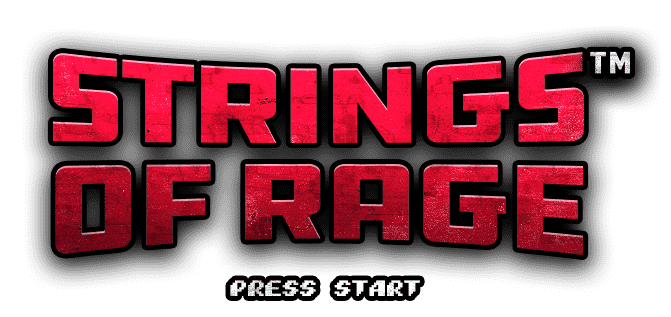
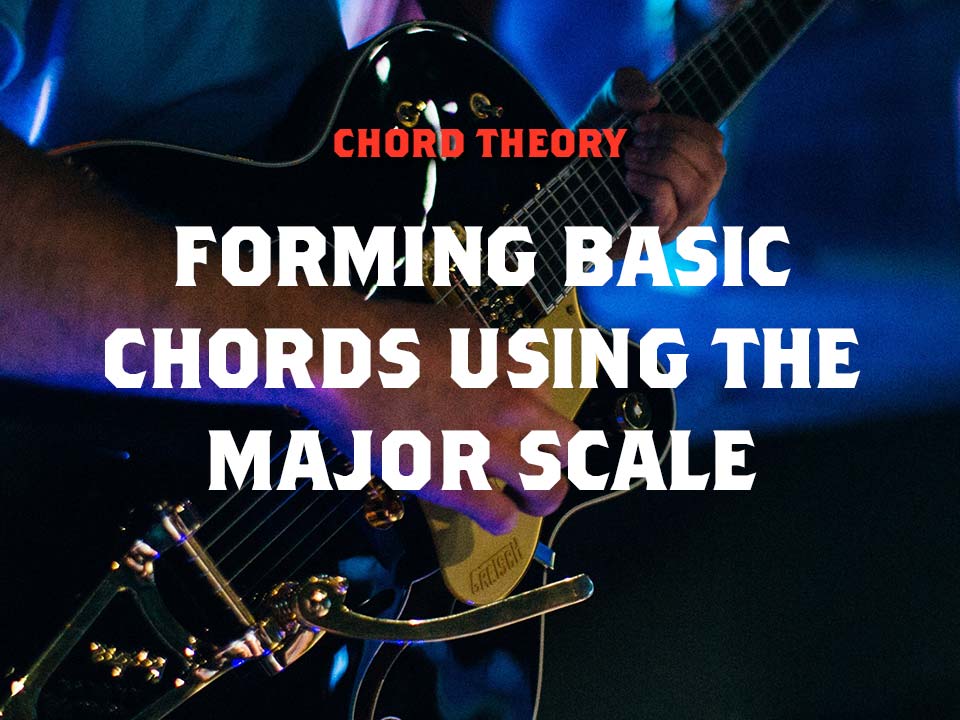
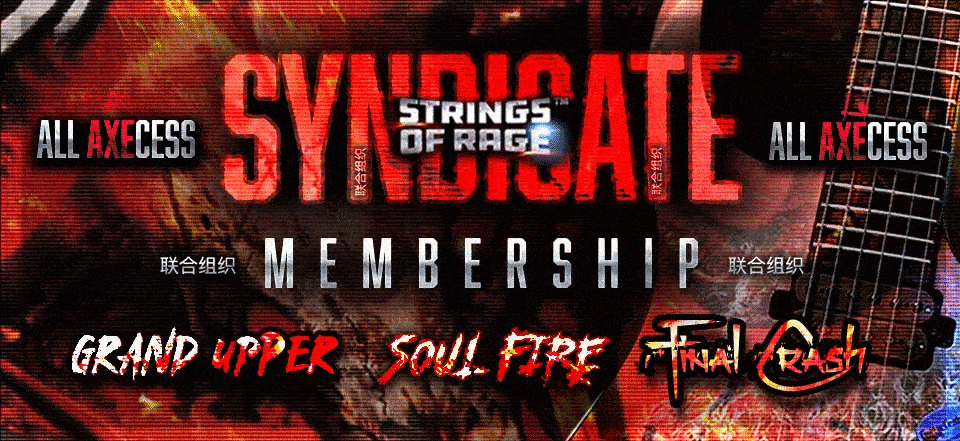

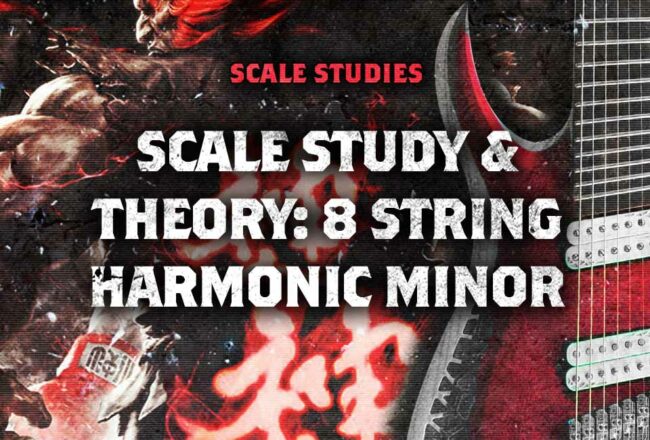
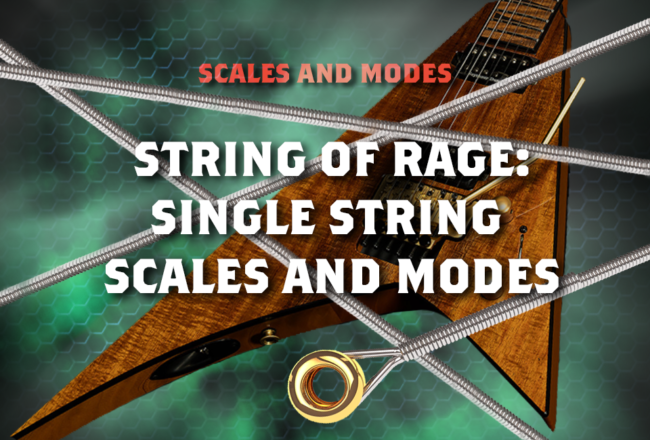






2 Comments
[…] you’re not sure how to form the basic triads check out our post on doing exactly that, here. You may also want to check out our post on intervals if you’re not sure of the difference […]
[…] normally used over a m7 chord, this is because the II chord in a major key is a m7. See our post on building chords from the major scale for more information. So if we have a chord progression which contains a II chord we can use the […]